The choice of wood for a wide range of projects, both inside and outside the home, is determined by criteria such as the variety of species, the pleasing grain pattern and color, the ease of processing, the feeling of strength and warmth it gives off, and the fact that it is a renewable material. There are, however, reservations, especially when used outdoors or in areas of the home with high humidity. It is linked to the risk of rotting. But what causes wood to rot? Is it just water or are other factors at play? Is there anything we can do to make it stronger? Are there differences in rot resistance between species? I propose to answer these and other questions below.
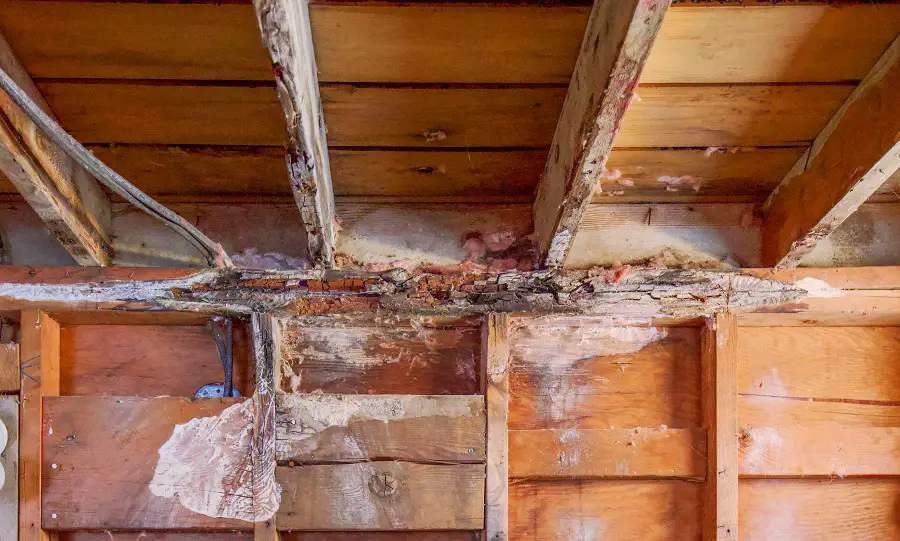
What causes wood rot
Wood decay, the decomposition of wood, is caused by micro-organisms, specifically specific fungi. They feed on the components of wood - cellulose, hemicellulose and lignin - causing important changes in its structure and characteristics. As a result of decay, the wood changes color, density and strength decrease.
A favorable environment is needed for mushrooms to thrive. This is provided by:
- wood water content above 20%
- the existence of the food source
- the presence of oxygen
- temperature in the range 0-40°C.
All of these factors should be present at the same time and it is sufficient to act on one of them to interrupt growth. As nutrients and oxygen are present in the wood, and the temperature range is very wide and easily attainable, the only one that can be influenced is the water content.
Wood naturally loses water immediately after felling. This is the free water that gets into the tree with the food. The moisture content of the felled tree decreases quite rapidly until it reaches around 30%, this is the water in the wood fiber, also called bound water. It does not come out as easily and it takes a long time to natural stack drying or artificial drying to reach the recommended humidity for wood use of 8-12% for indoor use and 14-18% for outdoor use (highly dependent on outdoor humidity).
But wood is moisture-loving and when it gets into places with water it tends to absorb it. This increases the humidity and this stagnant water in the wood creates the right environment for fungi to grow and rot.
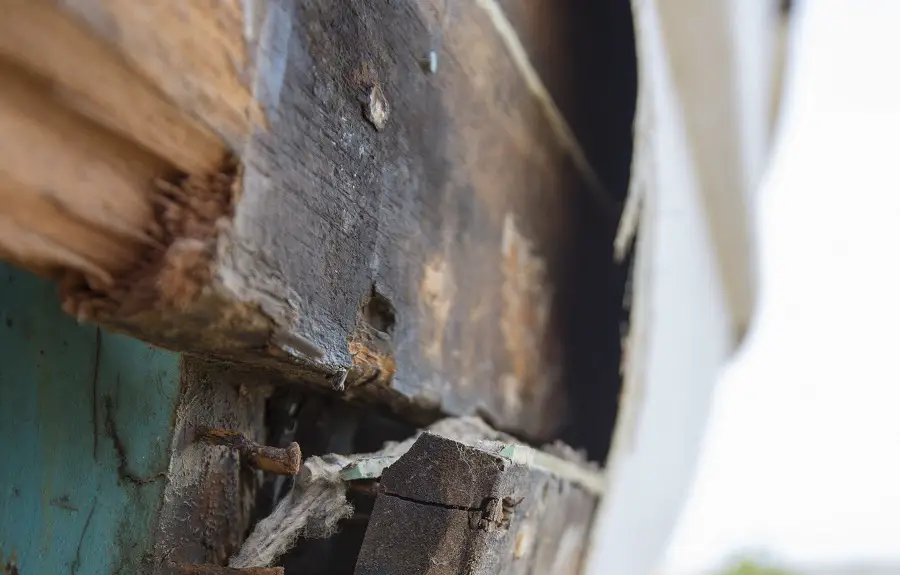
Wood-rotting fungi
The main wood-rotting fungi fall into 3 categories:
- brown rot
- white rot
- soft rot.
Brown rot attacks hemicellulose and cellulose in wood. In the degradation process of the hemicellulose, hydrogen peroxide develops which further attacks the cellulose. The attack is rapid because the small molecule of hydrogen peroxide travels very easily through the wood, much faster than the spores spread. As a result, the wood shrinks (shrinks), turns brown and cracks into cube-shaped pieces.
Several fungi are found under the name brown rot: House sponge or lachrymose fungus (Merulius Lacrimans), Basement fungus (Coniophora putanea), Brown rot(Gloeophyllum). Learn more about them here. Fungus thrives between 18 and 35°C, often gets into the plaster and is very hard to get rid of.
White rot attack lignin, but the group also includes fungi that attack both lignin and cellulose. As a result of the attack, the wood changes its structure, becomes moist and soft and takes on a spongy or greasy appearance. The color also changes to white or yellowish.
Not all mushrooms in this group are dangerous. Some, like shiitake mushrooms, are cultivated as a food source. Their ability to produce enzymes needed to break down lignin has also led to their use in environmental decontamination processes.
Soft rot secretes an enzyme that attacks cellulose causing very small holes in the wood. It can cause discoloration or cracking and is sometimes mistaken for brown rot. It is less aggressive than brown rot and grows more outdoors on fallen trees. What makes it very unpleasant, however, is that it thrives in damp and warm conditions where brown and white rot cannot. It can even grow in sub-zero temperatures down to -15°C and below. Examples of fungi that cause soft rot are Chaetomium, Ceratocystis or Kretzschmaria deusta.
Even if not directly responsible for decay, wood blue stain and mold can create conditions for decay over time. Wood bleaching makes wood more water-hungry, as we have seen herewhich creates conditions for rot to develop. Mould is also water-loving and retains high surface moisture that can damage wood.
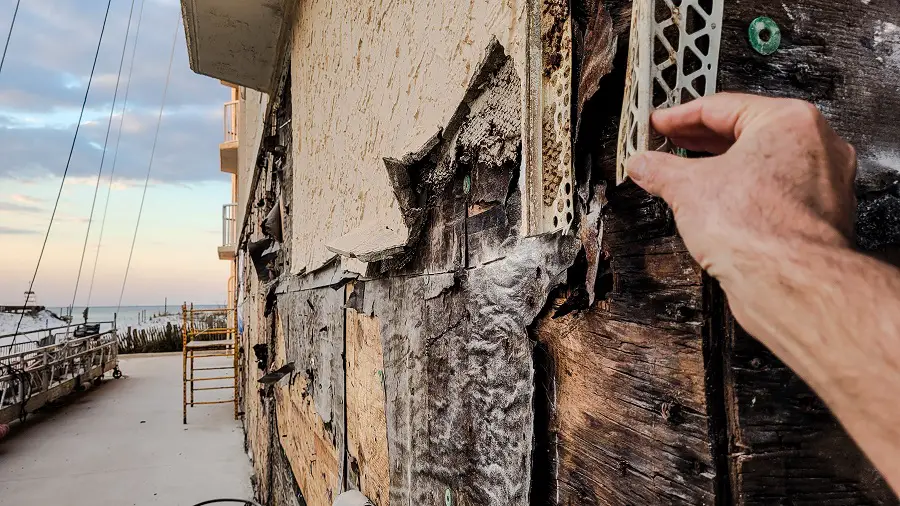
Places where there is a risk of fungus in homes. Beware of places with high humidity!
Wood-rotting fungi need the moisture in the wood to be above 20% to grow. Not a difficult condition to meet in some areas of the home. Therefore, pay attention to the wood in the kitchen or bathroom, window and door sills and frames, floors, wainscoting and beams in the attic or basement, and areas where condensation forms due to poor wall insulation. Unfortunately, in many situations, fungi do not appear on the visible surface of the wood but grow in hidden areas, making it very difficult to detect them immediately.
If you know you have such fungus-prone places, check them more often and look for signs of fungus:
- darker or lighter stains on wood
- odd cracks or splits in the wood
- a spongy or cobweb-like appearance.
If you see such indications, test the strength of the wood by pressing gently with a screwdriver or other metal object. If it gives very easily, the wood may be infested.
To avoid having to replace all of the wood, take action as soon as you discover such signs. At first you can still treat for fungi. Treatments may have to be repeated because the fungi are tough and die hard. Often, even if the problem seems to have been solved, it may reappear because of spores spread in the area, which find favorable conditions in which to grow. Make sure the water source is gone and the area is well ventilated so that the wood can dry out.
If the wood appears badly attacked, the safest solution is to replace it because its strength is affected. If the wood is part of the house's load-bearing structure, you should consult a specialist. Treat the replaced wood with fungicides to avoid fungal growth.
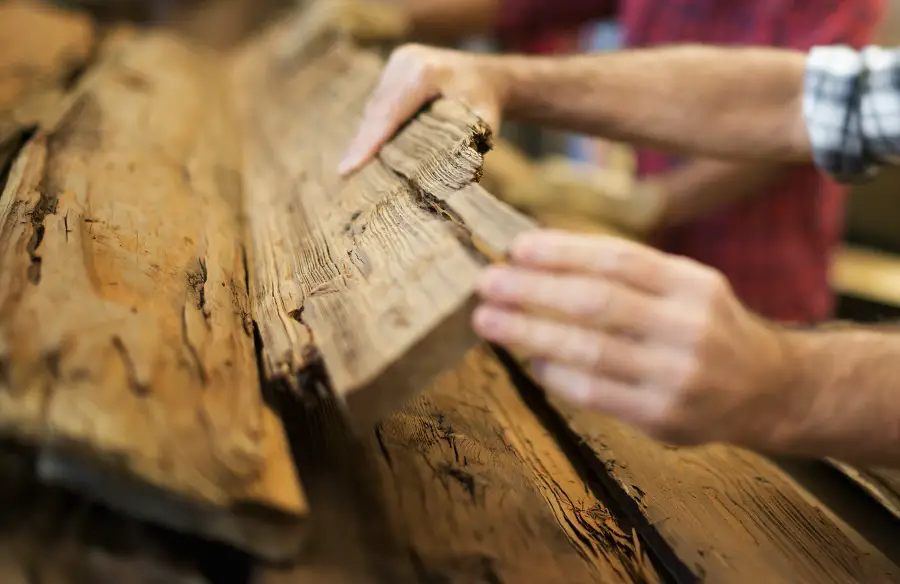
Important rules for outdoor timber projects. Rot-resistant species
Outside, the risk of wood rot is even greater. Rainwater, ground-level run-off, dampness in the soil and in the air are all sources of moisture growth in wood. That's why exterior designs must be designed to avoid water absorption and wood moisture growth. For this the right construction solutions and species must be chosen.
What are suitable constructive solutions? Those where:
- wood does not come into direct contact with the soil
- water runs off the wood and does not splash
- wood is protected with appropriate materials to prevent water penetration
- the air can circulate easily so that the wet wood can get the rattles away as quickly as possible
- as far as possible, wood is protected by awnings.
The choice of species is also important. Some types of wood have a natural resistance to decay due to a high content of certain substances with antimicrobial properties (polyphenols, flavonoids, etc). Tec, ipe, acacia, larch, red cedar are such hardwoods. Durability is always linked to the heartwood, sapwood being much weaker and less resistant. Soil resistance has led to the division of wood types into five classes. More information about the decay resistance classes and representative species for each of them can be found at here.
To increase its resistance to decay wood can be subjected to treatments involving high temperature and pressure. This alters its structure and makes the wood highly resistant to decay without the help of surface protection. Kebony, Accoya or heat-treated wood (Thermowood) are such modified species that last for decades outdoors.
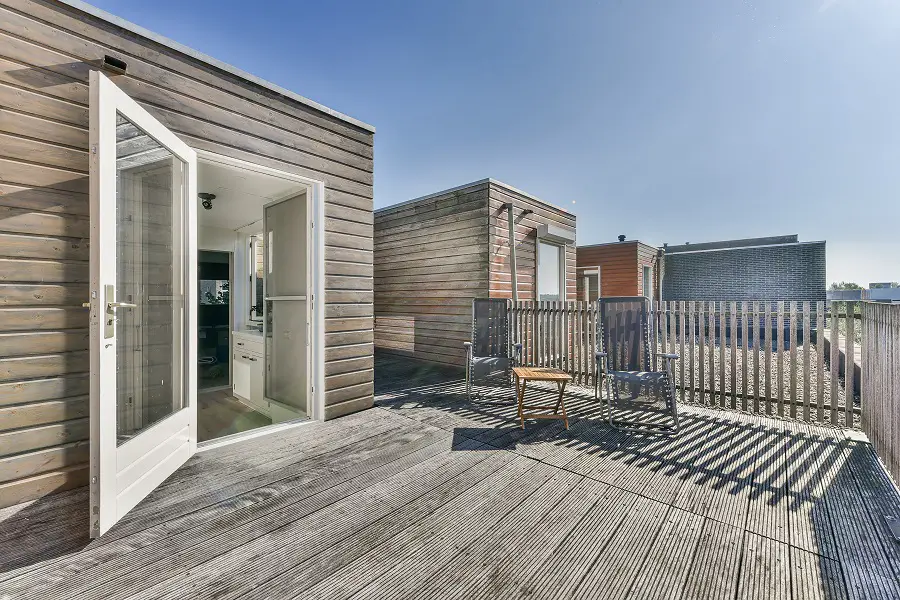
I hope you find the above information helpful. If you have had problems with such fungi, tell us about your experience. It would be interesting to know how you got rid of the problem. And if you have any questions or queries, please leave them below in the dedicated space. I will definitely reply.






















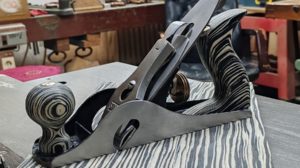
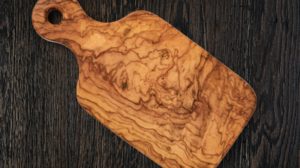
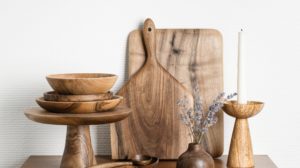
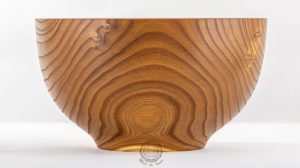
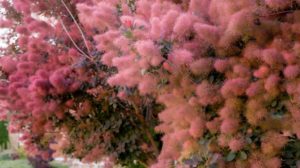

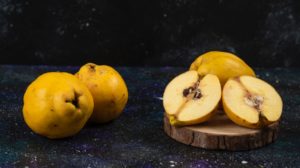
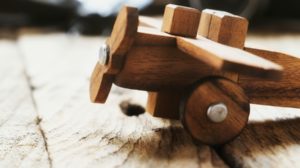



Hallo Frau Radu, ich habe kürzlich entdeckt, dass wir auf unserer Terrasse (Douglasie) mit Fäulnis und Schimmel zu tun haben. Vielen Dank für die Informationen auf dieser Seite, wirklich informativ im Vergleich zu den vielen, die ich bisher gelesen habe. Es gibt leider wenig Infos, wie man am Besten vorgeht, wenn man bereits ein massives Problem hat, aber ein kompletter Neubtterau "noch" nicht notwendig ist.
Gerne werden ich berichten, wenn das von Interesse ist ...
Hello I also have a problem I have a fungus in my house and under the laminate flooring is stretched like a mesh I broke near the beam but I have not found me and I do not know what solutions to give Thanks
Hello!
If nothing else is available, you can use Bochemit Opti+. Below is a link to the article that talks about this product and the types of fungi it is used against. It prevents recurrence and protects.
Fungi are dangerous and can enter the masonry from where they reappear after a while. For a thorough check it is best to call in a specialist.
All the best!
https://revistadinlemn.ro/2020/08/27/tratament-preventiv-impotriva-ciupercilor-mucegaiului-si-a-insectelor-care-ataca-lemnul/